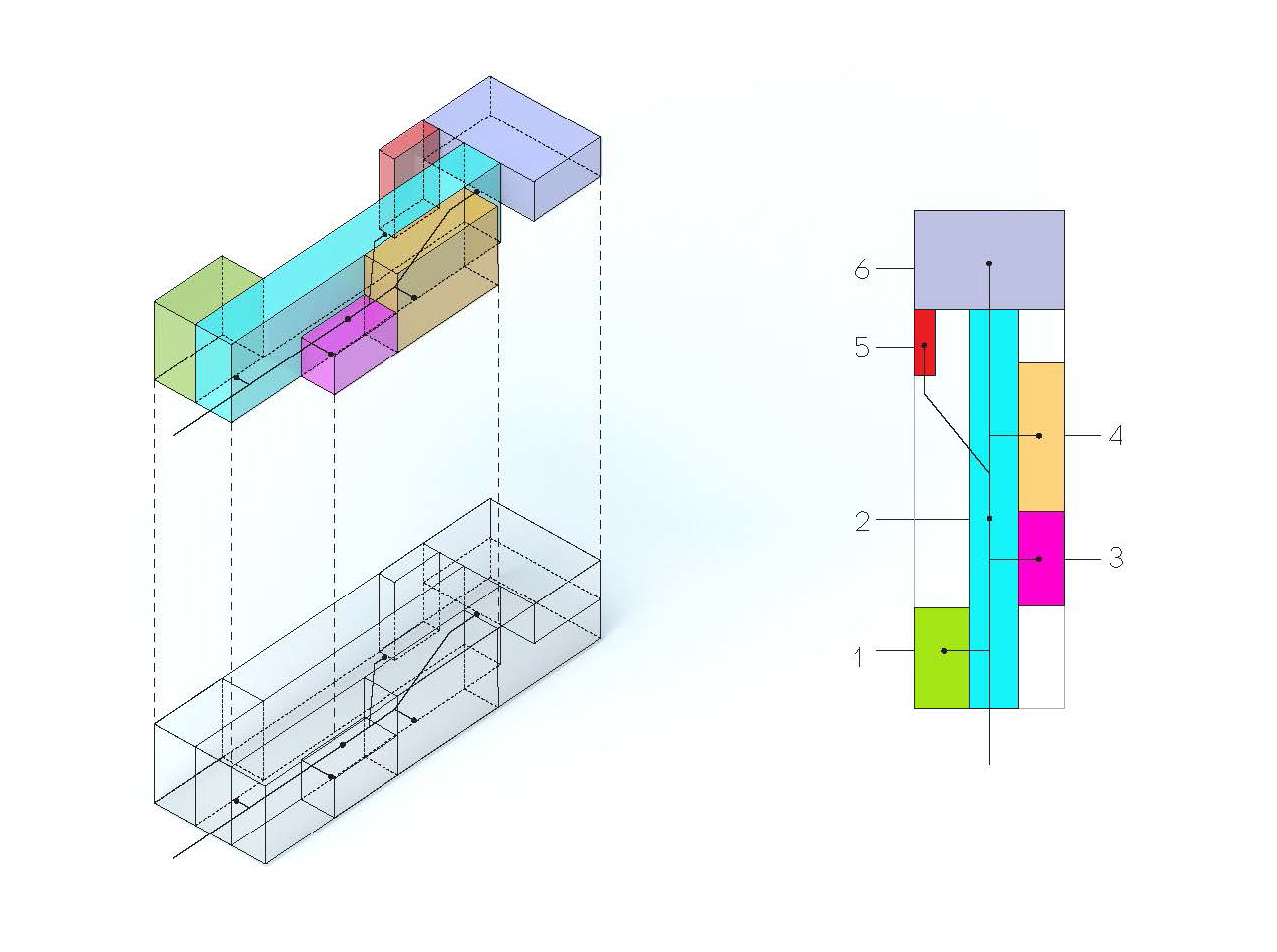|
Create 3 Program-Circulation Diagrams |
|
|---|---|
| Screenshot |

|
| This exercise has students creating 3 Program-Circulation Diagrams. Using an established workflow, students will be asked to diagram various programmatic scenarios. Three different iterations will allow for this method to be used as a learning tool, and not simply a final diagramming method. | |
| Assessment objectives |
Assessment objectives include:
|
| Exercise Type | Problem Set |
| Evaluation Criteria |
|
| Uses Tool(s) | Tool:Rhino v4.x , Tool:VRay , Tool:Illustrator CS5 |
| Uses Workflow(s) | Workflow:213474 |
This exercise is directly related to the 100B final project: Good Food. We are using programmatic dimensions from your project brief, as well as building footprint dimensions. We want you to quickly generate some possible program volumes per below and populate them into 3 different massing models. Please draw in the the possible circulation for all three, do a quick render and Make 2D and then assemble them in Illustrator. We are hoping you all will at least get through 2 of these, while some will get all three finished. Please make sure to label what colors correspond to what programs. You can do this with a legend or with annotation lines - your choice. You do not need to show the plan view part of the diagram.
You can download the template file here:
Program-Circulation Diagram - Template
The programmatic footprints are as follows:
- Food Warehouse (1800 sq. ft)
- Food Hall (4000 sq. ft)
- Commissary Kitchens (2200 sq. ft)
- Auditorium (4800 sq. ft @ 80'x60')
- Gallery/Exhibition space (2000 sq. ft)
- Workspaces (1200 sq. ft)
- Research Garden (3000 sq. ft)
- Research Institute (2000 sq. ft)
A quick way to plan out some volumes with the above square feet would simply be to divide them into width and length (2000 sq. ft = 40'x50'; 2200 sq. ft = 110'x20'; 4000 sq. ft = 80'x50'; etc). Feel free to further divide your spaces into more than just one volume if you think the program would benefit from more than one location in the space. The heights of the volumes are up to you.
When you are done, please upload your files to your respective GSI box accounts by either the end of lab or by the end of the day (Friday, Mar. 1).